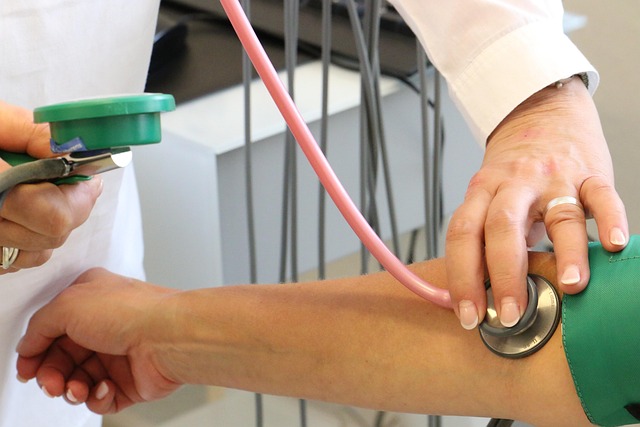Lung Disease Treatment: Options and Care
Lung disease covers a wide range of conditions affecting the respiratory system, from asthma and COPD to infections and interstitial lung disease. Effective management typically combines accurate diagnosis, medical therapy, lifestyle adjustments, and regular monitoring to preserve lung function and quality of life. This article outlines common approaches to diagnosing and treating lung conditions and what patients can expect from modern healthcare.

This article is for informational purposes only and should not be considered medical advice. Please consult a qualified healthcare professional for personalized guidance and treatment.
Lungs: common conditions and how they develop
The lungs can be affected by infections, environmental exposures, genetics, and immune responses. Common conditions include chronic obstructive pulmonary disease (COPD), asthma, pneumonia, pulmonary fibrosis, and pulmonary embolism. Symptoms often overlap—shortness of breath, cough, wheeze, and reduced exercise tolerance—so clinicians evaluate history, exposures (smoking, occupational dust), and symptom patterns. Early recognition of progressive disease helps preserve lung function; preventing exposures and treating infections promptly are important parts of ongoing care.
Healthcare: who to consult and diagnostic steps
Primary care providers usually coordinate initial evaluation and refer to pulmonologists for complex cases. Diagnostic steps include physical exam, pulse oximetry, chest X-ray, spirometry (lung function testing), CT scans, and laboratory tests to identify infections or inflammatory markers. Bronchoscopy or lung biopsy may be needed for unclear diagnoses. Multidisciplinary teams—pulmonology, radiology, respiratory therapy, and sometimes rheumatology or cardiology—help define the cause and personalize follow-up plans in your area or specialized centers.
Treatment: medications, oxygen, and rehab
Treatment strategies vary by diagnosis and severity. Many lung diseases respond to inhaled bronchodilators and corticosteroids, systemic anti-inflammatory drugs, or antibiotics for bacterial infections. Long-term oxygen therapy supports patients with chronically low oxygen levels. Pulmonary rehabilitation programs combine supervised exercise, breathing techniques, education, and nutritional advice to improve function and reduce symptoms. For progressive diseases, advanced interventions such as lung volume reduction or transplant may be considered after specialist assessment.
Disease: chronic vs acute lung disease explained
Acute lung disease, like pneumonia or acute exacerbations of asthma or COPD, often develops quickly and can be reversible with prompt treatment. Chronic lung diseases, such as COPD and pulmonary fibrosis, involve long-term structural changes and gradual decline. Management goals differ: acute care focuses on stabilization and treating the trigger, while chronic care emphasizes symptom control, slowing progression, managing comorbidities, and preventing exacerbations through vaccinations, smoking cessation, and regular monitoring.
Medicine: drugs, inhalers, and newer therapies
Pharmacologic options include short-acting and long-acting bronchodilators, inhaled corticosteroids, systemic corticosteroids for flares, and targeted biologic medicines for certain inflammatory or allergic phenotypes. Antimicrobials treat infections; anticoagulants are used for pulmonary embolism. Emerging therapies—antifibrotic agents, novel biologics, and precision medicine approaches—are expanding choices for some diseases. Proper inhaler technique, adherence, and medication review with a healthcare provider are essential to get expected benefits and minimize side effects.
Conclusion
Effective lung disease treatment combines accurate diagnosis, appropriate medicine, supportive therapies such as oxygen and rehabilitation, and attention to lifestyle and preventive care. Coordination between primary care and specialists helps tailor plans to individual needs, disease type, and severity. Regular follow-up, vaccinations, and reducing exposure to tobacco and pollutants remain central to protecting lung health and preserving quality of life.






